Search result
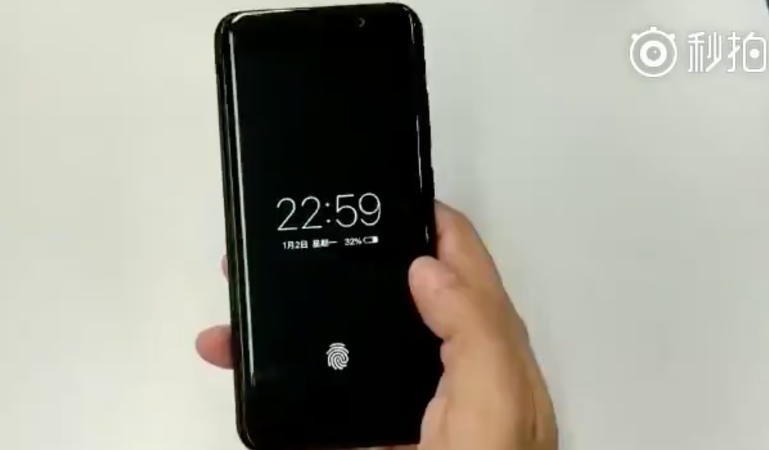
While Samsung had hoped to bring the world's first under-the-glass fingerprint scanner with the Galaxy S8, that plan didn't work out as the technology just wasn't ready in time. As a result, the Galaxy S8 ended up with the world's weirdest fingerprint scanner ever! Nevertheless, Samsung tried to incorporate it once again with the upcoming Note 8 and this time by working with a different company. However, reports are indicating that it didn't work out either and the Note 8 will sport a rear mounted fingerprint scanner, but in the middle thankfully! As it turns out, Apple themselves were not finding it easy to incorporate the next-gen fingerprint scanners either and rumor has it that there's no guarantee as to how the iPhone 8 OLED will be sporting its fingerprint scanner when it comes out later in the year.
Strangely enough, it's the Chinese manufacturer Vivo who is reportedly ahead of both the big guns and has already implemented the technology in one of their upcoming smartphones, which they are going to unveil in this very month (June 28) at the MWC Shanghai. I am really looking forward to this one, what about you?
Saikat Kar (tech-enthusiast)
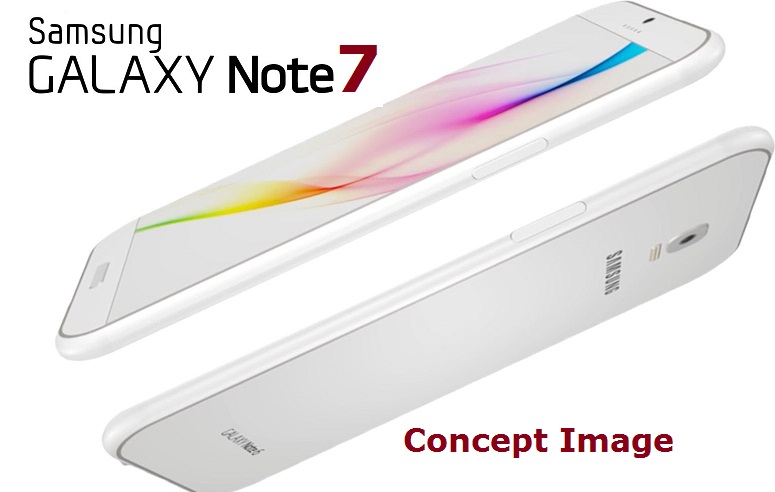
Samsung is about to begin mass production of the Galaxy Note 7 and we are not yet sure whether there will just be an Edge variant or a regular flat variant will be made available as well. After the recent leak which showed a Samsung teaser before its release we can be sure about two things. Firstly, the next Note will indeed be called the Note 7 instead of Note 6, and secondly, there will be an Edge variant for sure. If you are in any doubt, check the image below to find the number "7" hidden in the picture and also read the accompanying text, "write on the edge of something great."
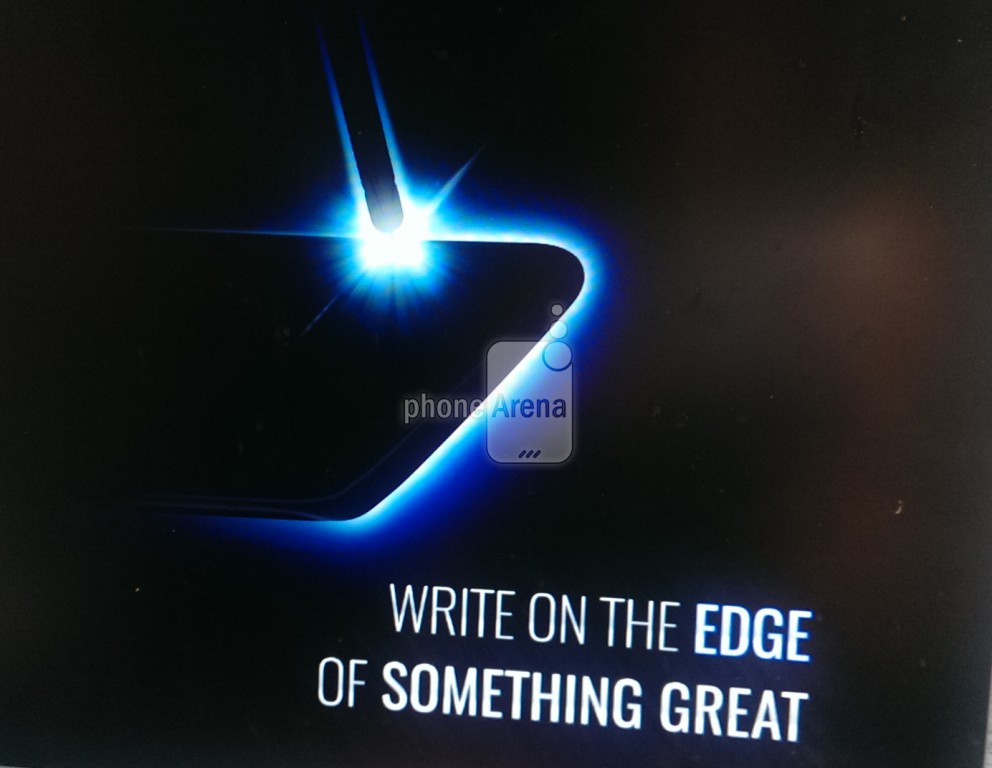
The latest news however, suggests that Samsung is also working on a version of the Note 7 that will sport a more regular, flat display. We came to this conclusion after finding out that the model number SM-N930F has been seen on the Samsung website. Considering that the Note 5 had the model number SM-N920, N930 is without a doubt, the upcoming Note 7's model number. Since all previous leaks and rumors had pointed out that the Note 7 Edge will sport the model number SM-N935G, the conclusion was obvious.
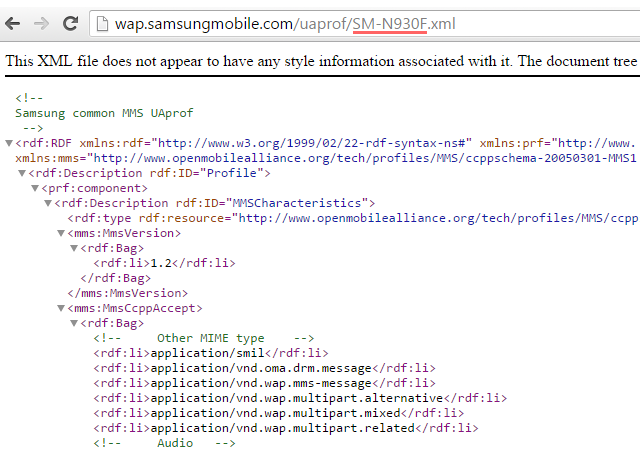
There are also contrasting rumors and theories all around; one such theory predicts that there will be just one variant of the next Note in 2016 to keep things clean and simple. However, the latest listing on Samsung's own website seems to contradict that theory. We will soon find out more in the coming weeks. Stay tuned for more on the Samsung Galaxy Note 7/Note 7 Edge.
Author: Saikat Kar (tech-enthusiast)

It would be a lie to state that the Galaxy Note 9 is almost the same as the Note 8, but as far as looks are concerned, they do look almost identical! Nevertheless, it features every innovation that the last leak suggested, but at an eye-watering price of $999.99 and $1249.50 for the 128GB/6GB and 512GB/8GB versions respectively. Primary highlight of the unveiling was the new Bluetooth powered S-Pen's capabilities, which comes with its own battery now. In addition to the stylus finctionalities, the S-Pen can also be used as a remote control for controlling the Note 9. AI powered scene detection, a bigger battery and early adopter goodies for Fortnite players were the other highlights of the show. Do check out the full spec list below.
Display: 6.4-inch, 18.5:9, Super AMOLED display at 2,960 x 1,440 resolution (516 ppi)
SoC: Global: 10 nm, 64-bit, octa-core Samsung Exynos 9810 (2.8 GHz quad + 1.7 GHz quad); U.S.: 10nm, 64-bit, octa-core Qualcomm Snapdragon 845
GPU: ARM Mali-G72 MP18 (Exynos); Adreno 630 (Snapdragon)
RAM: 6GB or 8GB LPDDR4 RAM
Storage: 128GB or 512GB with microSD expansion up to 512GB
Rear Cameras: Dual camera with dual OIS, Wide-angle: Super Speed Dual Pixel 12 MP AF sensor with OIS, f/1.5 and f/2.4 apertures; Telephoto: 12 MP AF sensor, f/2.4 aperture, 2x zoom
Front: 8 MP AF sensor, f/1.7 aperture
Audio: Stereo speakers tuned by AKG, surround sound with Dolby Atmos technology
Audio formats: MP3, M4A, 3GA, AAC, OGG, OGA, WAV, WMA, AMR, AWB, FLAC, MID, MIDI, XMF, MXMF, IMY, RTTTL, RTX, OTA, DSF, DFF, APE
Video: MP4, M4V, 3GP, 3G2, WMV, ASF, AVI, FLV, MKV, WEBM
Battery: 4,000mAh battery
Fast Wired Charging compatible with QC 2.0
Fast Wireless Charging compatible with WPC and PMA
IP rating: IP68
Sensors: Iris, pressure, accelerometer, barometer, fingerprint, gyro, geomagnetic, hall, HR, proximity, RGB Light
Network: Enhanced 4X4 MIMO/CA, LAA, LTE Cat. 18
Wi-Fi: 802.11 a/b/g/n/ac (2.4/5 GHz), VHT80 MU-MIMO, 1024QAM
Bluetooth: v5.0 (LE up to 2 Mbps)
ANT+
USB Type-C
NFC
Location: GPS, Galileo, Glonass, BeiDou
SIM: Single nano-SIM
Authentication Lock type: Pattern, PIN, password
Biometric lock type: iris scanner, fingerprint scanner, face recognition, Intelligent Scan
Software: Android 8.1 with Samsung Experience
Dimensions and weight: 161.9 x 76.4 x 8.8mm, 201g
Colors: Lavender Purple, Ocean Blue, Midnight Black, Metallic Copper

***All pictures were obtained from Android Authority
Saikat Kar
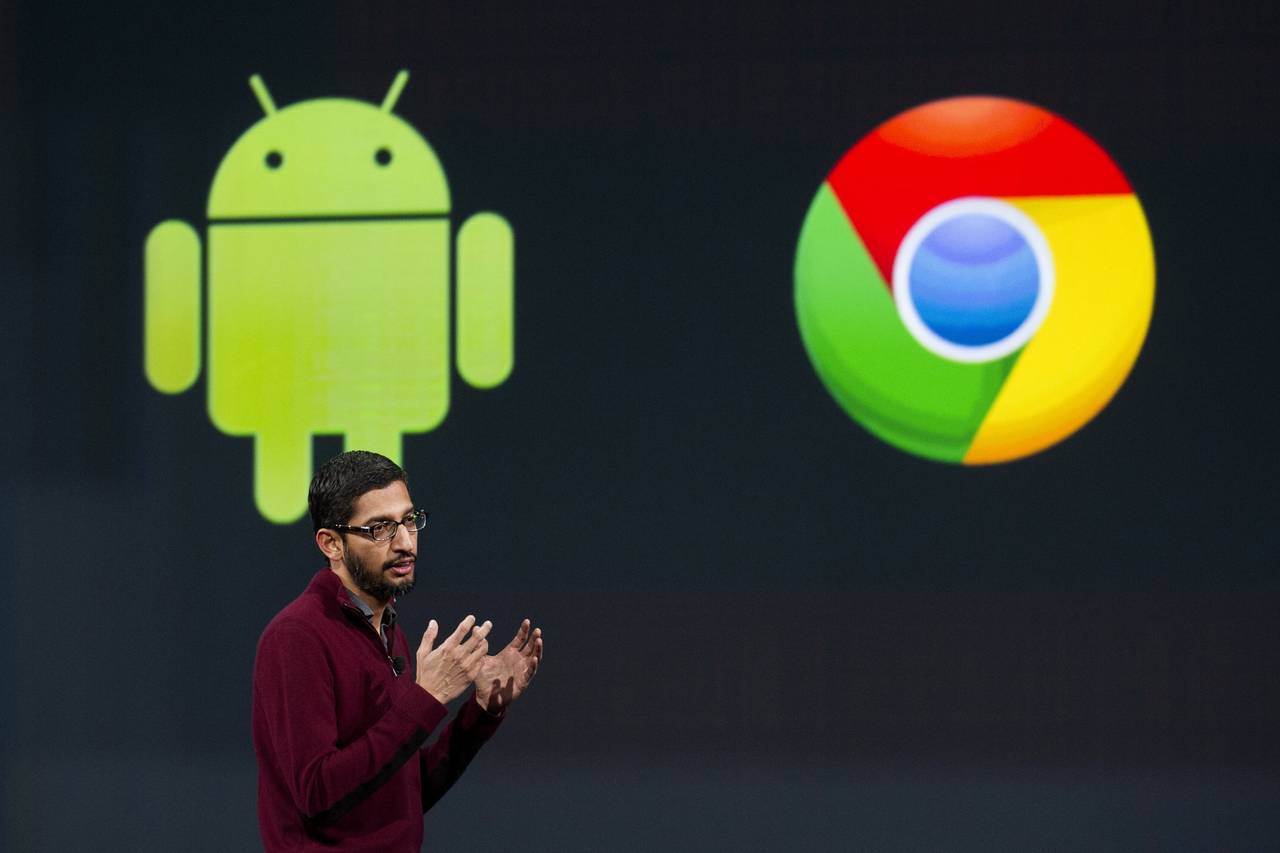
Image credit: DAVID PAUL MORRIS/BLOOMBERG
Android and Chrome OS SVP Hiroshi Lockheimer has said that Google is "very committed" to Chrome OS. The company had already confirmed earlier that the project isn't being killed.
Reports that Google is working on merging the Chrome OS and Android OS into a single operating system. The news was first reported by the Wall Street Journal but has since been confirmed by the search giant. The new OS, which is in the works for the past couple of years, is expected to be ready for a preview next year, but would be launched only in 2017.
The move would result in PC users getting access to Google Play, which is currently home to millions of apps. In addition, Chromebooks the lightweight and portable laptops that got their name from the Chrome OS will also get a new name. The Chrome browser, however, won't be affected in any way.
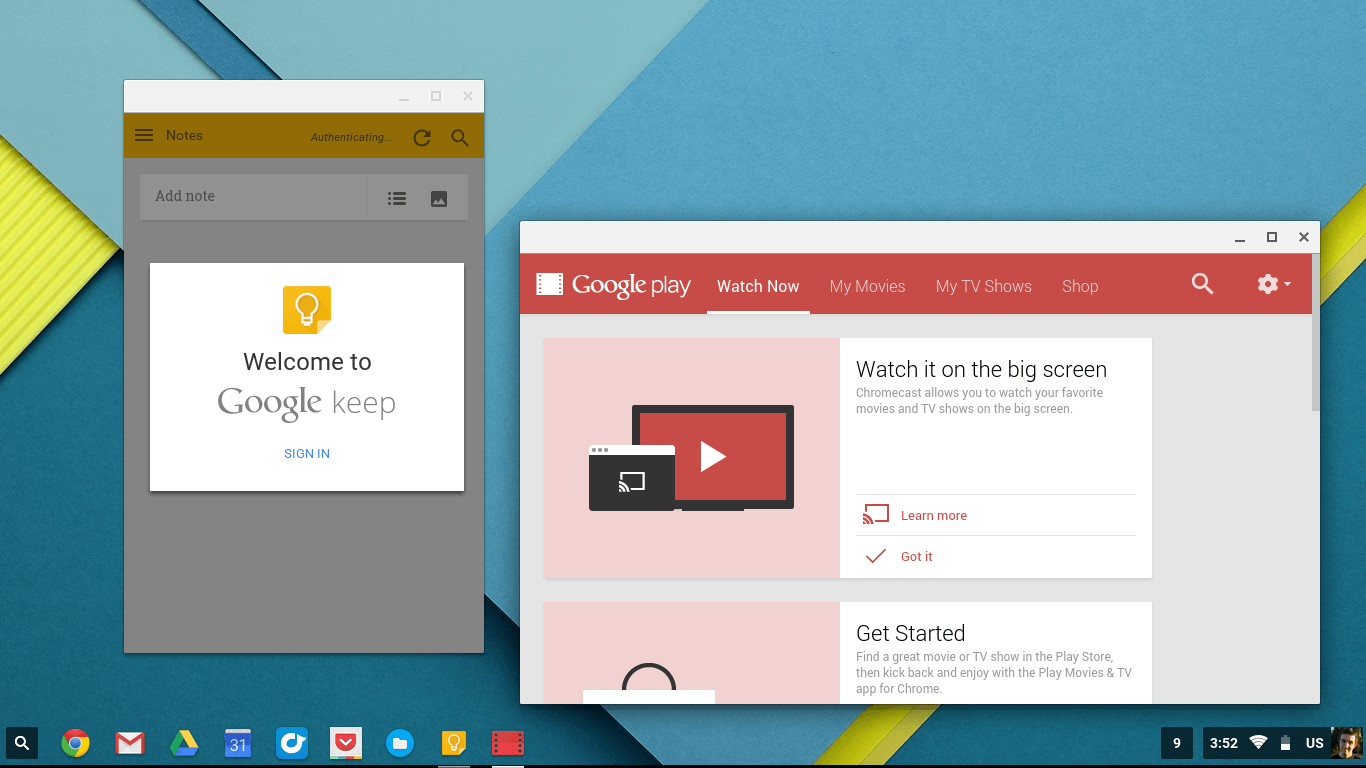
It's worth mentioning that Google's newly-announced CEO Sundar Pichai has been heading both Android and Chrome OS divisions for the past two years. "Mobile as a computing paradigm is eventually going to blend with what we think of as desktop today," he said last week.
If you're looking for a new phone, you're probably choosing between an Android and an iPhone. There's no denying that both of these options are amazing. They have great and useful features, as well as impressive specifications. Although some die-hard Apple fans claim there is nothing better than the iPhone, most people wouldn't agree. Android phones sell a significantly higher number of smartphones compared to Apple's sales of the iPhone. Here are 5 reasons why Android is better than iPhone.
You Have More Options to Choose From
There are so many different choices you can make when buying an Android phone. You can easily find one that suits you. For instance, if a camera is important to you and you want to have a 4K resolutions screen, simply find the model that has those features. It doesn't matter if you prefer smaller or bigger phones, there are plenty of models to choose from. It's also worth noting that Android devices span all price ranges. This is different from the expensive iPhone devices that most people don't want to spend so much money on, especially when they can get a good smartphone that fits their needs at a significantly lower price.
The Maps Are Better
Many iPhone users actually download Google Maps to use it instead of the pre-installed app on their phones. Both Google Maps and Apple Maps basically share the same features. You can use it for step-by-step navigation, checking the traffic on specific routes in real time, and download the map so that you can use it even when you don't have access to internet. The two apps might look similar on paper, but Google Maps is the obvious winner here. When you search for a destination on Google Maps, you can see a website address, opening and closing hours of a shop, and you can even call them from the application. On the other hand, Apple Maps doesn't share these features and offers less information.
Siri is no Match for Google Assistant
Google's intelligent assistant is superior compared to Siri. If you're the type of person who loves using your AI assistant to search for information on the internet, you'd prefer Google's product. Siri has a higher risk of making mistakes, which can be quite annoying and cause you to forget what you wanted to search in the first place.
It's only right to say that Siri can outperform Google Assistant in some areas. It's the only assistant that can make emergency calls. It also does a great job of reading text messages and emails for you. On top of that, you can integrate it with apps like WhatsApp and Viber. Meanwhile, Google Assistant is better at giving directions, online shopping, ordering food, and voice recognition.
When it comes to intelligent assistants, it's clear there are more pros than cons in Android phones. This is why we say it can be both your pride and prejudice. By the way, in case you occasionally have to write a Pride and Prejudice essay, you can, for example, even use the digital voice assistant. Also you can use Google Assistant to find free samples of essays about pride and prejudice and use them for inspiration. For example, you know a lot about this topic and a fellow student needs help, then you can use the AI to quickly offer assistance.
The Volume Control Offers More Flexibility
Let's say that you want to set a particular ringer volume on your iPhone. You can do this by going into the settings and choosing the exact volume independently of other sounds. When you're done doing this, you won't have the option to control volume unless you go into the Settings. You can completely silence the ringing, but buttons on the side of the phone for adjusting volume will only work on apps and system sounds. Android offers more flexibility for volume control and allows you to easily adjust the settings for alarms, notifications, ringtones, media, and calls.
Battery Life
Android power-saving modes are very customizable and most models have a longer battery life than iPhones. Although not every Android phone is like this, there are definitely some smartphones that can work longer on a single charge compared to any iPhone. No matter which phone you choose, know that you'll get an incredibly fast charger.
Bottom Line
Apple definitely has more die-hard fans that are very vocal about their love for the iPhone. However, behind all that glamour is a device that simply isn't worth the money. Not when you have many different superior smartphones running on the Android operating system.
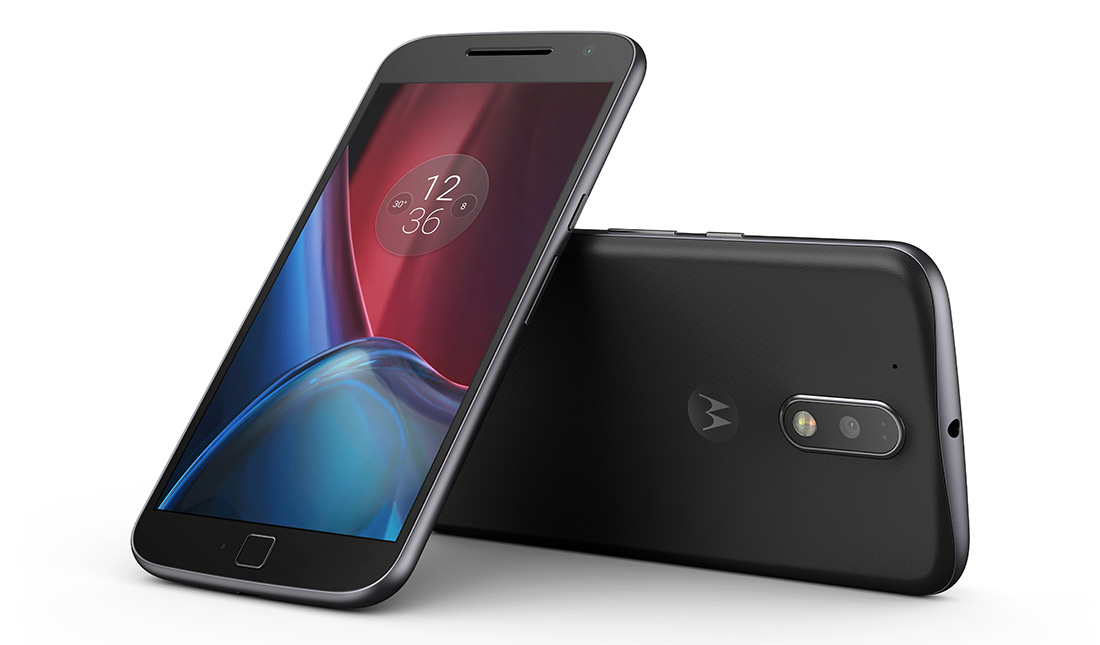
Back in 2015, the Moto G3 Turbo was released in Novemeber by Lenovo as an upgraded edition of the regular G3. This time around though, there will be no such delays because both the Moto G4 and G4 Plus has been unveiled together. As expected, "Motorola" is no longer a part of the Moto G series and is therefore replaced by the "Lenovo Moto" branding instead. We like the fact that the familiar "M" logo at the back is retained as promised.
The G4 has a bumped up Full HD resolution this year and the SoC has been upgraded to a brand new Snapdragon 617. Unfortunately, the RAM onboard is still 2GB. It will be available in two internal storage options of 16GB and 32GB, but thankfully, both versions will have a micro-SD card slot. The rear camera is probably still using the same 13-megapixel sensor we saw last year, while the 5-megapixel front camera sports an 84-degree wide-angle lens for group selfies. All this is going to be powered by the 3,000 mAh battery inside that also supports quick charging.
As you would expect, the Moto G4 Plus is an upgraded version of the G4 with a front facing fingerprint scanner and a much more powerful camera. At the back, the G4 Plus sports a 16-megapixel OmniVision PureCell Plus sensor with f/2.0 aperture and 1.3µm pixels. There is also hybrid autofocus, which is achieved by combining laser autofocus and phase detection together. The front camera is the same 5-megapixel wide-angel camera that is also used in the regular G4. It seems like there will be three versions of the G4 Plus; 16GB internal storage with 2GB of RAM, 32GB internal storage with 3GB of RAM and 64GB internal storage with 4GB of RAM. Moto phones are known for always running the latest version of Android and keeping true to that legacy, both the 4th generation Moto G handsets will be running on Android 6.0.1 Marshmallow right out of the box.
All versions of the two smartphones will exclusively be available via Amazon India and the pricing details are as follows.
Moto G4 16GB - N/A
Moto G4 32GB - N/A
Moto G4 Plus 16GB - INR 13,499/$200/€180
Moto G4 Plus 32GB - INR 14,999/$225/€200
Moto G4 Plus - 64GB - N/A
Author: Saikat Kar (Tech-journalist and enthusiast)
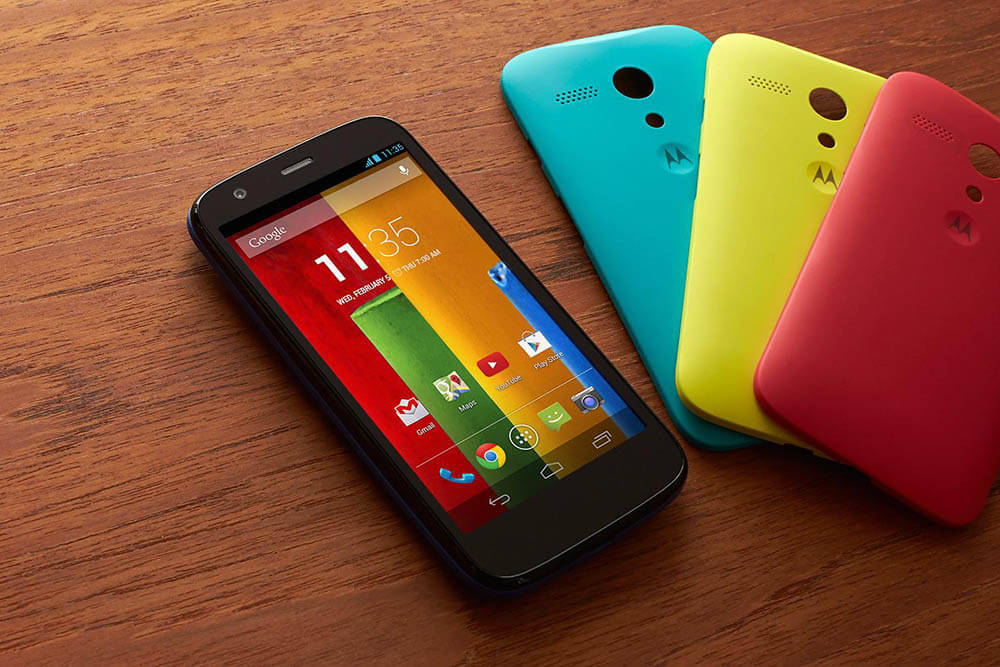
The Lollipop Updates continues, this time its Motorola which has just updated its 1st and 2nd Generation of the Moto G models to the latest Android 5.0.1 update.
Few people have received the update so far but it does seem to be rolling out now and if it's not available for you immediately it should be in the next few things. The 5.0.1 update was released recently and mostly features bug fixes without any major additions. Still, it's good to see this budget phone being one of the few devices out there running the very latest version of Android.
© 2023 YouMobile Inc. All rights reserved






